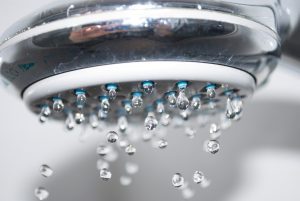
Your plumbing system is quite large and extensive, with pipes running throughout the entire home. Most of these pipes are hidden in the crawlspaces of your walls or under your floorboards. It’s one thing to spot a leak under the sink or somewhere in plain sight, but many leaks take place out of sight, where it could be weeks or even months before you spot them.
This is a problem for a number of reasons. Dripping or running water can cause a huge amount of damage to surrounding components in your home, such as drywall, flooring and electrical wiring. And because it’s hidden, it can become quite extensive before signs of the damage make themselves known. Furthermore, you’re still paying for all the water you lose to the leak, resulting in unnecessarily high monthly water bills.
Because of that, you can save yourself a great deal of money and worry by spotting the signs of a hidden plumbing leak sooner rather than later. Some common examples of things to watch out for can include (but are not limited to) the following:
- Odd noises. This can include anything out of the ordinary, and will usually occur in a location in the home that you don’t recognize. Groans, hums and shudders aren’t unusual, but you should especially look out for sounds of running water or dripping water, which are the sure indicators of a leak.
- Soft spots. Moisture from leaking pipes can damage nearby drywall, which will result in soft spots in your walls or floor.
- Low water pressure. The leak may reduce the flow of water from affected outlets, causing the water to emerge in a trickle.
- Mildew or mold. Even in cases where leaking water doesn’t damage your home, it can still foster the growth of mold or mildew. A musty, moldy smell may accompany them, alerting you to the problem even if you can’t see the mold
- Discoloration. Leaks can lead to discolored paint or flooring. Cracks or bubbling in paint are also common.
- Cracked cement. In cases where the leaky pipe runs under a cement porch or similar construct, you might see cracks developing in the surface.
The minute you spot these signs, turn off water to the affected portion of the plumbing (use the main shut-off valve for the whole house if you aren’t sure), and call in a trained plumber to get the situation treated the right way.
Here in Teaneck, NJ, plumbing repairs can be performed by BZ Dependable Plumbing & Heating Inc.

